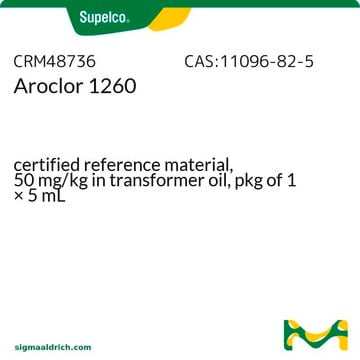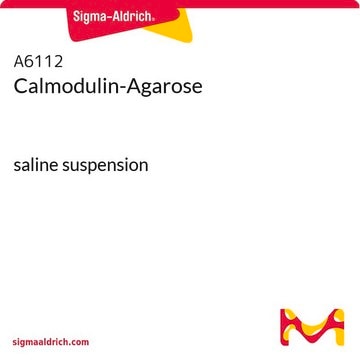1000420
USP
Abacavir Related Compound A
United States Pharmacopeia (USP) Reference Standard
Synonyme(s) :
(1S,4R)-4-[2,6-Diamino-9H-purin-9-yl]-2-cyclopentene-1-methanol
About This Item
Produits recommandés
Qualité
pharmaceutical primary standard
Famille d'API
abacavir
Fabricant/nom de marque
USP
Application(s)
pharmaceutical (small molecule)
Format
neat
Température de stockage
2-8°C
InChI
1S/C11H14N6O/c12-9-8-10(16-11(13)15-9)17(5-14-8)7-2-1-6(3-7)4-18/h1-2,5-7,18H,3-4H2,(H4,12,13,15,16)/t6-,7+/m1/s1
Clé InChI
ZKJUXHDSLJYKED-RQJHMYQMSA-N
Vous recherchez des produits similaires ? Visite Guide de comparaison des produits
Description générale
Application
Remarque sur l'analyse
Autres remarques
Produit(s) apparenté(s)
Mention d'avertissement
Danger
Mentions de danger
Conseils de prudence
Classification des risques
Eye Dam. 1
Code de la classe de stockage
11 - Combustible Solids
Classe de danger pour l'eau (WGK)
WGK 3
Point d'éclair (°F)
Not applicable
Point d'éclair (°C)
Not applicable
Certificats d'analyse (COA)
Recherchez un Certificats d'analyse (COA) en saisissant le numéro de lot du produit. Les numéros de lot figurent sur l'étiquette du produit après les mots "Lot" ou "Batch".
Déjà en possession de ce produit ?
Retrouvez la documentation relative aux produits que vous avez récemment achetés dans la Bibliothèque de documents.
Contenu apparenté
Les petites molécules sont des ions ou des composés d'une masse moléculaire généralement inférieure à 900 daltons. Ces molécules peuvent être séparées efficacement et analysées par HPLC, UHPLC et LC-MS en utilisant essentiellement des particules de silice ou des phases stationnaires monolithiques présentant un large éventail de chimies de colonnes (modifications) différentes.
Small molecules are ions and compounds of molecular weight typically less than 900 daltons. These compounds can be effectively separated and analyzed by HPLC, UHPLC and LC-MS using mainly silica particles or monolithic stationary phases with a broad range of column chemistries (modifications).
Notre équipe de scientifiques dispose d'une expérience dans tous les secteurs de la recherche, notamment en sciences de la vie, science des matériaux, synthèse chimique, chromatographie, analyse et dans de nombreux autres domaines..
Contacter notre Service technique









